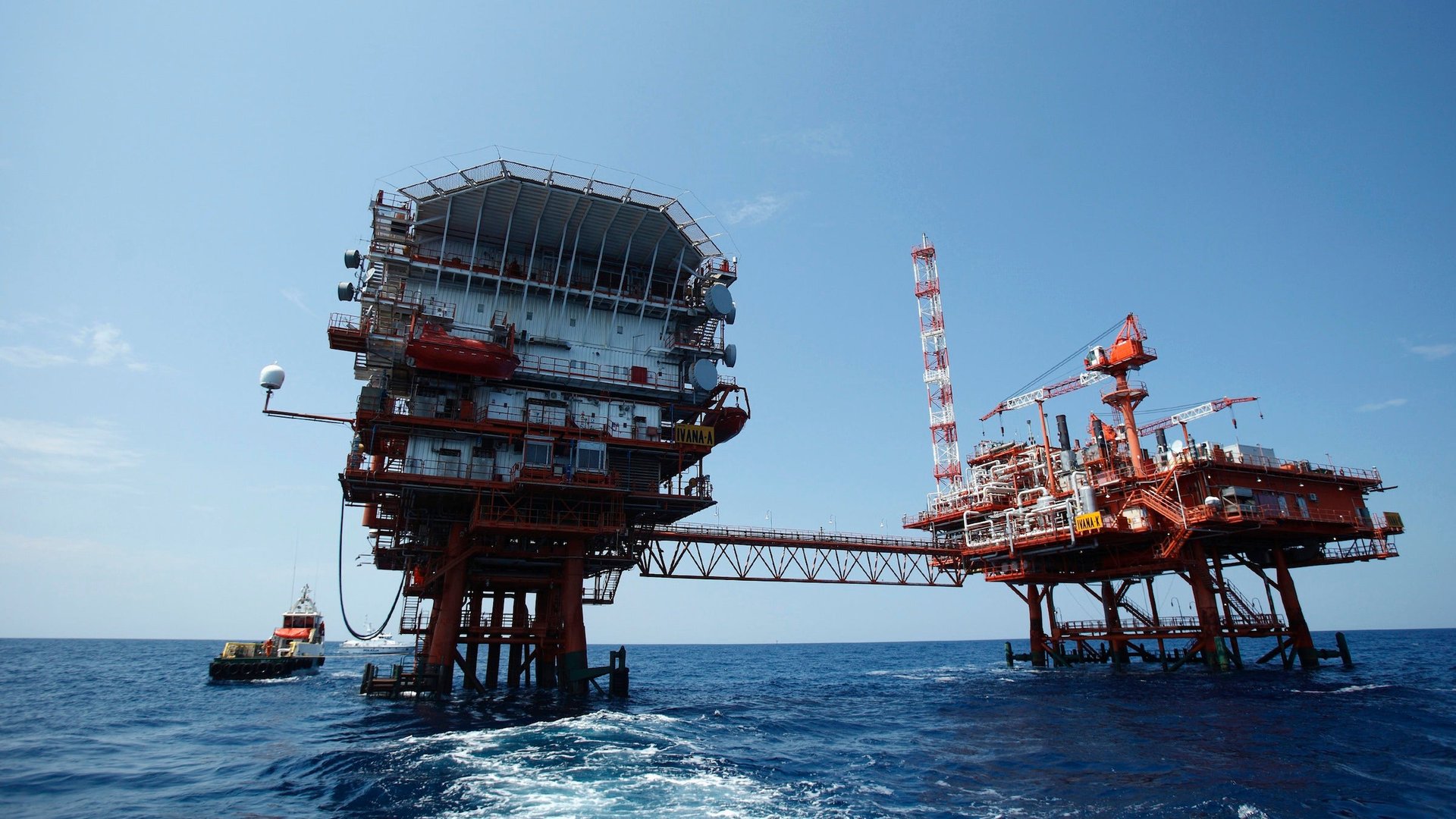Big Oil would henceforth like to be known as Not-Really-Big-But-Still-Nicely-Profitable Oil
Chevron has just joined the rest of Big Oil in reporting a miserable second quarter. And there do not seem to be consistently better days ahead. These gigantic energy companies face higher costs, trouble maintaining their size, and fierce competition from smaller, nimbler players.


Chevron has just joined the rest of Big Oil in reporting a miserable second quarter. And there do not seem to be consistently better days ahead. These gigantic energy companies face higher costs, trouble maintaining their size, and fierce competition from smaller, nimbler players.
California-based Chevron produced 2.58 million barrels of oil a day (pdf) in the second quarter, down 1.5% from the same period last year. CEO John Watson largely blamed lower average oil prices for a 26% drop in profit, to $5.37 billion. And analysts polled by Reuters had forecast $2.96 in profit per share, but Chevron delivered $2.77, down from $3.66 last year.
BP, Shell and Exxon (paywall) have also reported sharply lower second-quarter profit this week. Exxon said its oil and gas production dropped for the eighth straight quarter and that it had the lowest quarterly profit in three years. For the second consecutive quarter, it said it would reduce share buybacks, one of the tools through which it has propped up its stock price.
This may be more than a passing carnage. We may be witnessing a more-or-less orderly industry retreat from Big Oil’s old, unsustainable size and Wall Street expectation, and toward a more manageable—and healthy—scale of business.
A common feature across Big Oil—a group that includes BP, Chevron, ExxonMobil and Shell—is a serious struggle keeping its weight on. Investor attention fixates on the prospect of growing daily production, which is treated as a sign of corporate health and future value. In the second quarter, Exxon for example had every incentive to produce higher volumes—its average oil prices were $94 a barrel, compared with $79 last year. Yet it—and all the companies—instead reported a year-on-year production decline. Last year, Chevron’s production dropped by 2.4% from 2011 and ExxonMobil’s by 6%.
There are signs that Exxon is responding with a strategy of managed corporate shrinkage. On yesterday’s earnings call its head of investor relations, David Rosenthal, explained that the company bought back a total of $40 billion of its own shares in 2011 and 2012. Half the money to do so came from cash flow, and the other half from the sale of oil assets such as oilfields. This year, Rosenthal went on to say, the company has reduced buybacks, mostly because there have not been enough asset sales to pay for them.
So ExxonMobil deliberately took a double whack at its heft—it sold off assets, then used that money not to search for oil or a new world-beating technology, but to shrink the size of its own outstanding pool of shares.
To judge by remarks from (paywall) Shell CEO Peter Voser on Aug. 1, his company is taking a similar approach. Voser said Shell was abandoning a much-trumpeted objective—to produce 4 million barrels a day by 2018, which would have been a big jump from Shell’s current 3 million barrels a day. In fact, he said, Shell would stop signaling future production targets entirely. And it would sell off half its North American shale gas and oil fields.
These too are signs of a company turning away from size. It will no longer have the quarter-to-quarter pressure to demonstrate that it is increasing its output. Instead, it’s positioning itself as an entity that simply throws out cash, to judge by Voser’s remarks. Shareholders, he said, were “more happy” seeing financial than production targets. That may be, but Big Oil may be just as happy to relieve itself of the pressure to stay big.